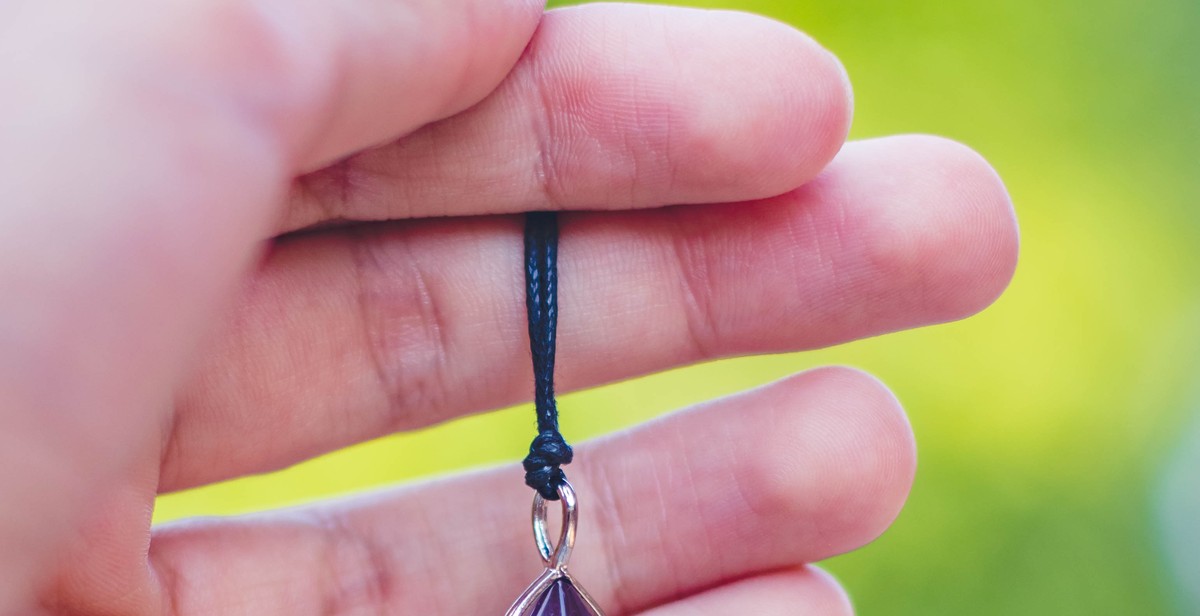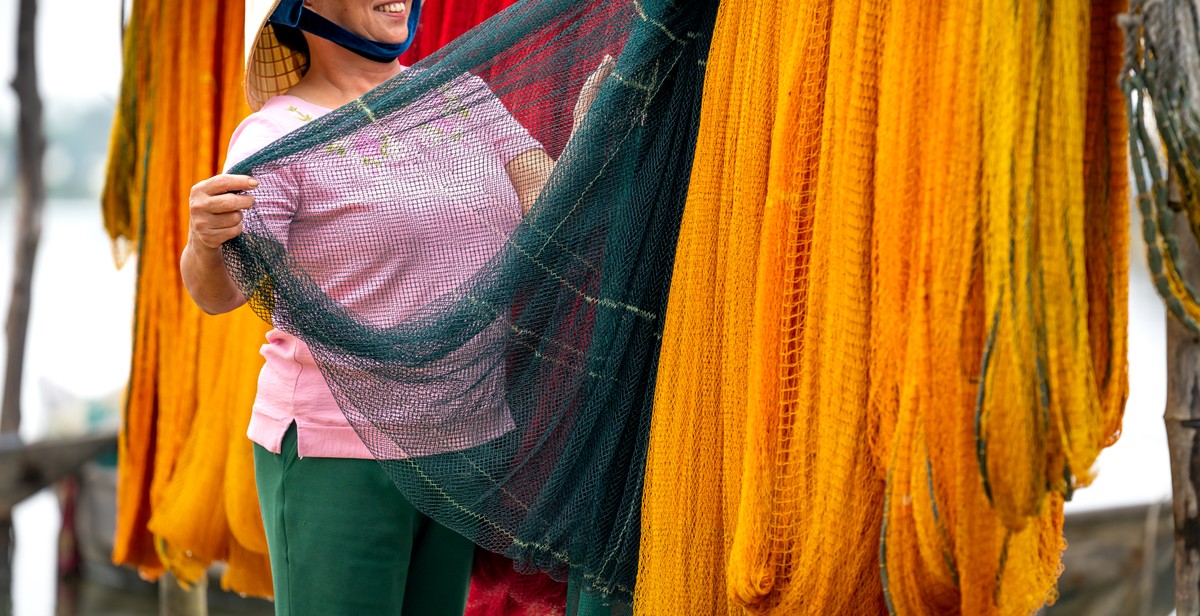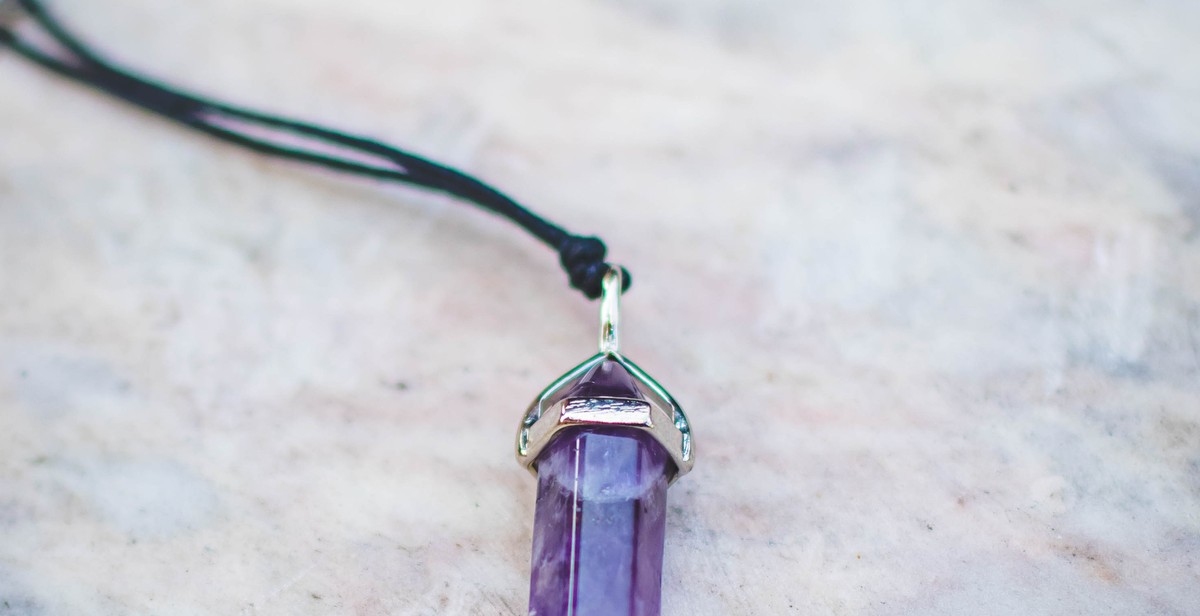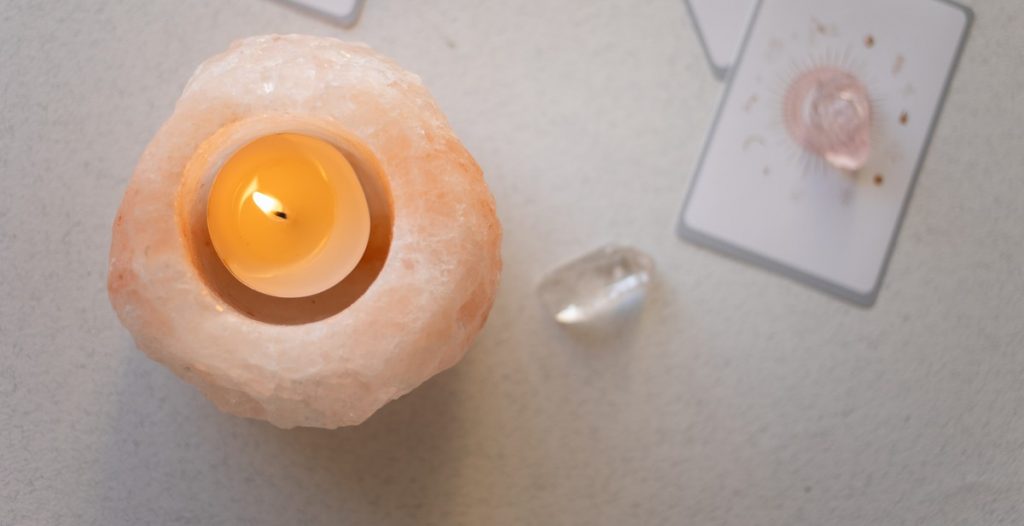The Science Behind the Beauty of Colored Gemstones
Colored gemstones are a fascinating subject, combining beauty, rarity, and value. From the deep blue of sapphires to the fiery red of rubies, and the rich green of emeralds, each colored gemstone has its unique allure. But what gives these gemstones their distinctive hues, and why are some colors rarer than others?
What are Colored Gemstones?
Gemstones are minerals or rocks that are prized for their beauty, durability, and rarity. While most gemstones are colorless or have a faint tint, some have vivid and intense colors that make them highly desirable. These are known as colored gemstones or fancy gemstones.
Colored gemstones come in a wide range of colors, from the red of rubies, the blue of sapphires, and the green of emeralds to the pink of tourmalines, the purple of amethysts, and the yellow of citrines. Some gemstones also exhibit multiple colors, such as alexandrite, which can appear green in daylight and red in incandescent light.
Colored gemstones are valued based on their rarity, beauty, and durability. The most valuable gemstones are those that exhibit vivid and intense colors, are free of inclusions, and have a high level of transparency.

The Science of Color in Gemstones
Gemstones are known for their vibrant colors that make them stand out from other minerals. The color of a gemstone is determined by various factors, including the presence of trace elements, the crystal structure, and the impact of light. Understanding the science behind the coloration of gemstones can help you appreciate their beauty even more.
How Gemstones Get Their Color
Gemstones get their color from the presence of certain elements in their crystal structure. For example, rubies get their red color from the presence of chromium, while emeralds get their green color from the presence of chromium and vanadium. Similarly, sapphires get their blue color from the presence of iron and titanium.
The color of a gemstone can also be affected by the way it was formed. For example, some gemstones may have inclusions or impurities that can alter their color. Heat treatment and irradiation can also be used to enhance or change the color of a gemstone.
The Role of Trace Elements in Gemstone Coloration
Trace elements play a crucial role in the coloration of gemstones. Even a small amount of a particular element can affect the color of a gemstone. For example, the presence of iron in topaz can create a range of colors, including yellow, brown, and blue. Similarly, the presence of copper in turquoise creates its characteristic blue-green color.
However, the type and amount of trace elements present in a gemstone can also affect its durability and value. Some gemstones with high levels of certain trace elements may be more prone to cracking or fading over time.
The Impact of Light on Gemstone Color
The color of a gemstone can also be affected by the way it interacts with light. Some gemstones may appear different colors depending on the angle of the light source. This phenomenon is known as pleochroism and is particularly common in minerals such as tourmaline and kunzite.
The way light is absorbed and reflected by a gemstone can also affect its color. For example, a gemstone may appear darker or lighter depending on the amount of light it absorbs. The cut and shape of a gemstone can also affect the way it interacts with light and its overall appearance.
Conclusion
Understanding the science behind the coloration of gemstones can help you appreciate their beauty even more. The color of a gemstone is determined by various factors, including the presence of trace elements, the crystal structure, and the impact of light. By understanding these factors, you can choose gemstones that are not only beautiful but also durable and valuable.

The Most Popular Colored Gemstones
Colored gemstones have been prized for their beauty and rarity for centuries. They come in a variety of colors, from deep reds to bright blues, and each gemstone has a unique set of properties that make it special. Here are some of the most popular colored gemstones:
Ruby
Ruby is a red-colored gemstone that is a variety of the mineral corundum. It is one of the most valuable gemstones in the world, and its deep red color is caused by the presence of chromium. Ruby is a durable gemstone, making it perfect for use in jewelry.
Emerald
Emerald is a green-colored gemstone that is a variety of the mineral beryl. Its green color is caused by the presence of chromium and vanadium. Emeralds are typically found with inclusions, which are natural imperfections that give each stone a unique character.
Sapphire
Sapphire is a blue-colored gemstone that is also a variety of corundum. It is the second hardest gemstone after diamond, and its blue color is caused by the presence of iron and titanium. Sapphires can also be found in a variety of other colors, including pink, yellow, and green.
Amethyst
Amethyst is a purple-colored gemstone that is a variety of the mineral quartz. Its purple color is caused by the presence of iron and other trace elements. Amethyst is a popular gemstone for use in jewelry, and its color ranges from light lilac to deep purple.
Aquamarine
Aquamarine is a blue-green colored gemstone that is a variety of beryl. Its color is caused by the presence of iron. Aquamarine is a popular gemstone for use in jewelry, and its light blue color is reminiscent of the ocean.
Topaz
Topaz is a yellow, orange, or brown-colored gemstone that is a silicate mineral. Its color is caused by the presence of iron and other trace elements. Topaz is a durable gemstone, making it popular for use in jewelry.
| Gemstone | Color | Hardness | Specific Gravity |
|---|---|---|---|
| Ruby | Red | 9 | 4.0-4.1 |
| Emerald | Green | 7.5-8 | 2.7-2.8 |
| Sapphire | Blue | 9 | 3.9-4.1 |
| Amethyst | Purple | 7 | 2.6-2.7 |
| Aquamarine | Blue-green | 7.5-8 | 2.7-2.8 |
| Topaz | Yellow, orange, or brown | 8 | 3.4-3.6 |

The Value of Colored Gemstones
Colored gemstones are a beautiful and valuable addition to any collection. However, the value of a colored gemstone is determined by a variety of factors, including its rarity, color, clarity, and cut. Let’s take a closer look at these factors and how they affect the value of colored gemstones.
Factors that Affect Colored Gemstone Value
The value of a colored gemstone is largely determined by its rarity. Some gemstones are more common than others, and those that are more rare are typically more valuable. In addition to rarity, the color of the gemstone also plays a significant role in its value. Gemstones with intense, vivid colors are more valuable than those with pale or washed-out colors. Clarity is another important factor to consider, as gemstones with fewer inclusions or flaws are more valuable than those with visible imperfections. Finally, the cut of the gemstone can also affect its value. A well-cut gemstone will have better brilliance and sparkle, making it more valuable than a poorly cut gemstone.
The Four Cs of Gemstone Quality
When evaluating the quality of a colored gemstone, experts often refer to the “Four Cs”: color, clarity, cut, and carat weight. As we’ve already discussed, the color of the gemstone is an important factor in determining its value. Clarity refers to the number and visibility of inclusions or flaws within the gemstone. A gemstone with fewer inclusions will have better clarity and be more valuable. Cut refers to the way the gemstone has been shaped and polished, and can greatly affect its brilliance and overall value. Finally, carat weight refers to the size of the gemstone, with larger gemstones typically being more valuable than smaller ones.
Other Considerations When Evaluating Colored Gemstones
In addition to the Four Cs, there are other factors to consider when evaluating the value of a colored gemstone. For example, the origin of the gemstone can affect its value, as certain regions are known for producing particularly high-quality gemstones. The presence of any treatments or enhancements can also affect a gemstone’s value. Some treatments, such as heat treatment, are widely accepted and can actually improve a gemstone’s color or clarity. However, other treatments, such as dyeing or irradiation, can significantly reduce a gemstone’s value.
| Factors that Affect Gemstone Value | Description |
|---|---|
| Rarity | The more rare the gemstone, the more valuable it is. |
| Color | Gemstones with intense, vivid colors are more valuable than those with pale or washed-out colors. |
| Clarity | Gemstones with fewer inclusions or flaws are more valuable than those with visible imperfections. |
| Cut | A well-cut gemstone will have better brilliance and sparkle, making it more valuable than a poorly cut gemstone. |
Overall, the value of a colored gemstone is determined by a variety of factors, including rarity, color, clarity, cut, and carat weight. When evaluating a gemstone, it’s important to consider all of these factors and to understand how they affect the gemstone’s overall value.

Caring for Colored Gemstones
Colored gemstones are beautiful and precious. To keep them looking their best, it is important to take proper care of them. Here are some tips on cleaning and maintaining your colored gemstones:
Cleaning and Maintenance Tips
- Use a soft, clean cloth to wipe your gemstones after each use.
- Avoid exposing your gemstones to harsh chemicals, such as bleach or chlorine.
- Do not wear your gemstones while doing household chores or engaging in physical activities.
- Take your gemstones to a professional jeweler for cleaning and maintenance at least once a year.
- Do not store your gemstones with other jewelry pieces that may scratch or damage them.
How to Store Colored Gemstones
Proper storage is important to prevent damage to your colored gemstones. Here are some tips:
- Store each gemstone separately in a soft cloth or pouch.
- Keep your gemstones in a cool, dry place away from direct sunlight.
- Avoid exposing your gemstones to extreme temperatures or humidity.
- Do not store your gemstones in airtight containers, as this can cause them to become cloudy.
By following these tips, you can ensure that your colored gemstones remain beautiful and sparkling for years to come.

